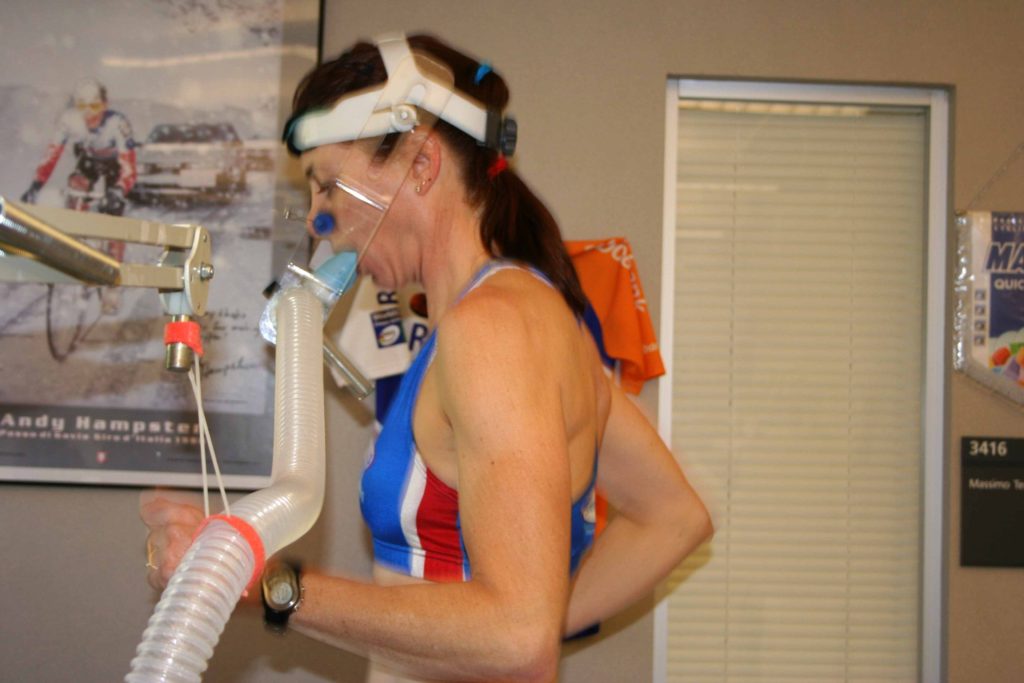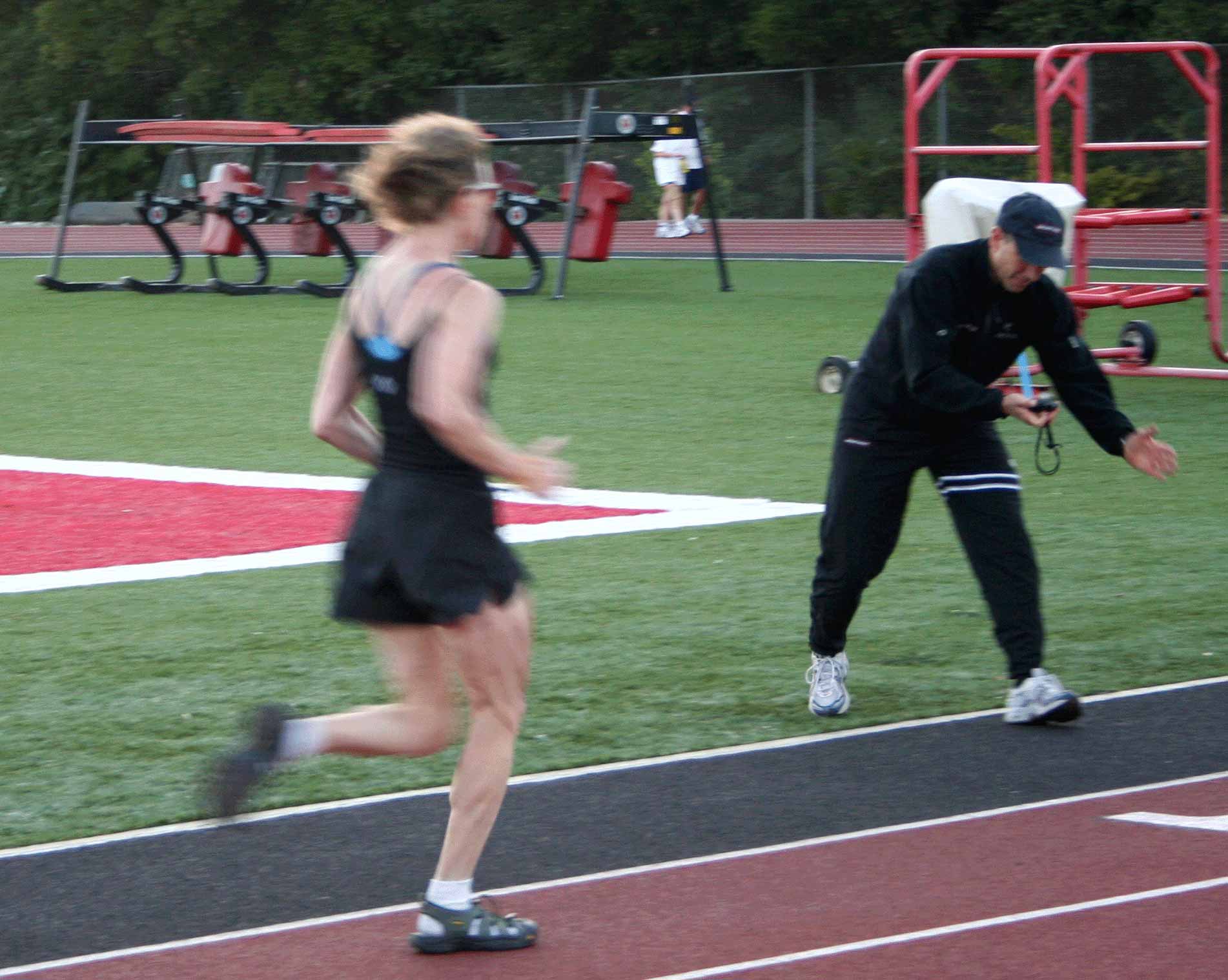How do you know you are getting better? Sure, you can see better race results, but week to week, month to month, and year to year, nothing is more measurable than the quantitative results of testing.
What is Testing?
Testing includes both a test in a lab, with tightly constricted parameters and a stable environment, and field testing, which more closely replicates actual racing. SportVelo has the capacity to do blood lactate testing, but from experience and for convenience, prefers field testing.
What Can you Expect in a Field Test?
Field tests are a little like small races, only on your favorite local courses. You might prepare for a field test the same way you approach a local club race, 5K or swim meet: make sure that you are rested and fueled, and that your equipment is up to par. From the test results, SportVelo can establish a baseline, including all training levels, such as functional threshold intensity (time trial pace).
Additionally, repeating the field test every six weeks or so on the same course allows you to track your progress throughout your race season. Every time you complete a field test, SportVelo revises your training levels, and, from the data, determines how your body is reacting to the specific training and modifies your training program as necessary.
Ideally, flat 5Ks are ideal field tests for runners, and short time trials are ideal for both triathletes and cyclists. For runners, we’d like to see each athlete with a heart rate monitor and a way to compute splits. For cyclists, we’d like to see each athlete with a heart rate monitor, a cyclometer, and ideally a power meter. Because it’s difficult to measure heart rate during an effort in the pool, swimmers should have a way to measure their splits during the test and heart rate at the end of the test.

